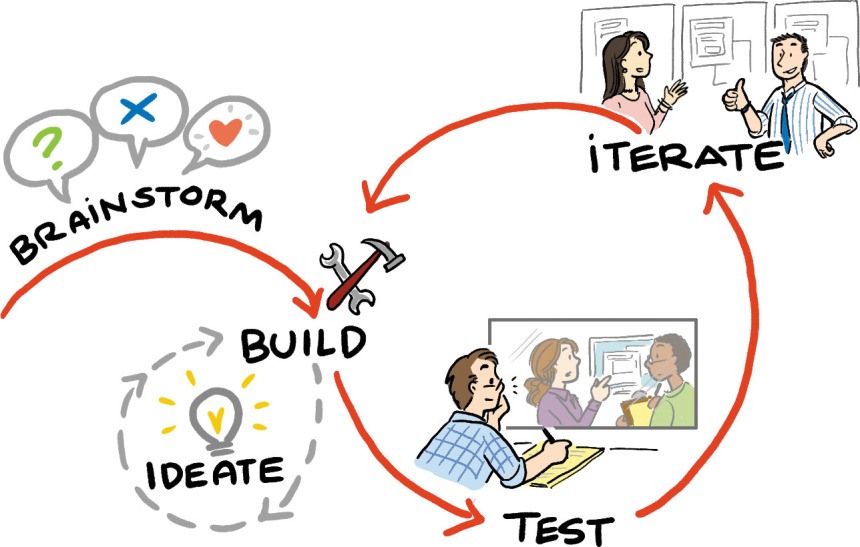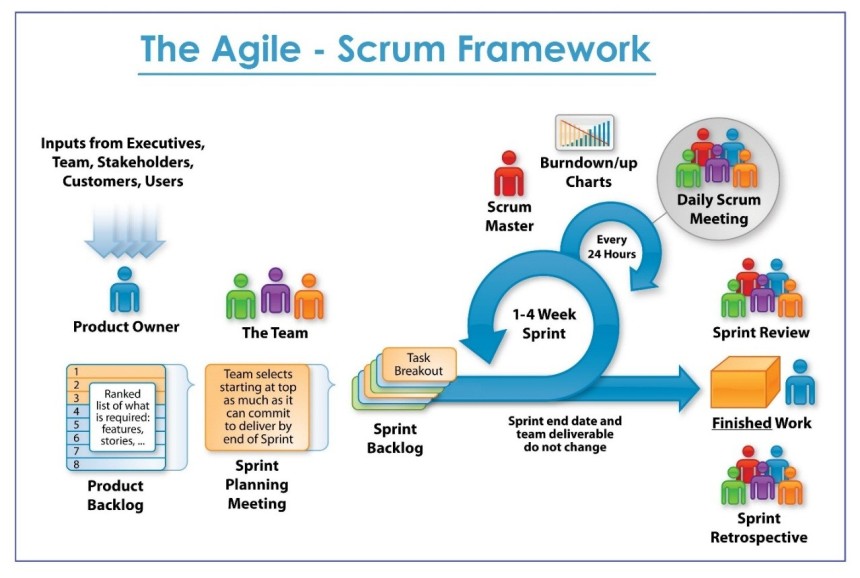Content warning: This blog post details my some of experiences as a gay educator and includes slurs and microaggression I’ve experienced.
Working in student affairs, I have attended many trainings around diversity and inclusion. With content consistent among many presentations, I’m always excited to be introduced to a tool I’ve never used, a way of explaining a concept that students will understand, or a new nugget of information. While I may not remember every detail of each training, an indicator of a good training is the one or two main takeaways that stick with me.
Last year, I listened to a speaker (whose name I cannot recall) and remembered her mentioning that education on diversity always comes at the expense of someone, and that it should be our goal to minimize that expense for those in marginalized groups. At the end of the session, one of my peers asked whether this education could come about at no one’s expense, and the presenter responded with a firm “no.” Though it was a bitter pill to swallow and difficult to process, the more I reflected, the more I realized it held true in my own experience as a gay man on the path to becoming an educator:
When I first moved into my college residence hall and was still in the closet, I watched the residents on my floor constantly insult my straight suitemate by calling him gay. I didn’t say anything.
When I came out to a religious friend in a study group, she told me I didn’t have to live that way and said she’d pray for me. We never discussed that interaction again.
When I came out publicly on Facebook, some people I called friends just seemed to fade away. I let them.
During my first round of training as an RA, the prompt I was assigned in a role play scenario said that I had recently broken up with my significant other. I specified boyfriend, but I awkwardly corrected my partner who kept saying girlfriend instead.
When a resident found out I was gay, it became a game of twenty questions. Some of the questions assumed I was an expert on all things LGBTQ+, and others were very personal.
Through the a wall, I overheard one of my residents say his RA was a faggot. I never addressed that.
When I off-handedly came out to another resident after he had said something to the effect of “no homo,” he became wide-eyed and backed away. The follow-up was only slightly productive.
That was all during my first two years of college, and though I was wildly unprepared to educate others, I became a part of that process simply by being gay. However, as time went on, things changed. The microaggressions and slurs didn’t stop and if anything, I was asked more questions, but I learned more, discovered some language to use, developed more confidence in my queer identity, and got a lot more “practice.” At 18 or 19, I was not ready to have those conversations, so I ignored opportunities to have them or gave them a go, unprepared as I was. However, at 23, as difficult as those conversations still can be, I’d rather engage in them than allow that education to happen at the expense of someone who is not ready.
That said, I think it naïve in concept and unhelpful in practice to think that we could prevent all marginalized learners from having experiences where they must educate others about their identities. Students have experiences away from formal learning environments where these issues are bound to arise, and rising to meet the challenge of educating others is a developmental opportunity I would not want to remove entirely. However, I think we can be allies by creating a brave space to contribute to a learning environment that is suitable for all and modeling interaction in that brave space.
Before one can create a brave space or model bravery, knowledge of different forms of power and privilege is required. In order to educate about groups different than one’s self, one must have knowledge of those groups, and that learning is an intentional process. By simply being gay, I learned about issues that affect gay people. However, I realized that I didn’t know what it was like to be a woman, be transgender, live as a racial or ethnic minority, have low socioeconomic status, or live with a disability. To learn about those experiences was important, but it was also vital to consider how to do this learning with minimal expense to those who are vulnerable. I found that a combination of internet research and dialogue with advocates has been helpful. Without this knowledge, one cannot engage in an informed conversation.
Using that knowledge, one can then challenge non-inclusive practices and model dialogue in a brave space. Even in discussion of topics unrelated to inclusivity, it seems important to have these conversations as they naturally arise. Whether these conversations are planned (or at least easily anticipated) in a history, literature, or political science course, or unexpected when a controversial comment is made in a math class, it is important to use these opportunities to model respect, challenging ideas without attacking others, agreeing to disagree, and not taking things personally (concepts from the work on brave spaces of Arao and Clemens). In the moment, this might be standing up for the marginalized groups who otherwise might not have a voice, but it also models these skills for students so that they may feel more prepared to engage in dialogue outside of the classroom.
Lastly, I think it’s key to never let expertise of inclusive practices hinder us from interacting with learners as humans. A mentor of mine once said that it was strange for her to learn and grow while her students were perpetually 18 or 19. I find this important to remember when working with difficult topics around inclusivity. While I’ve learned and grown, able to throw around words like “microaggression” and “intersectionality” and willing to show more vulnerability with greater confidence in my own identities, I still work with young people who do not have those experiences for the most part. Whether students are part of the majority group – totally new to the nuances of diversity and inclusion – or part of the minoritized group and requiring support when faced with structures of power and privilege, they all are facing a difficult issue. A true willingness to engage in dialogue and learn with and from these people will go farther than a formulaic approach to inclusion. The process is undoubtedly difficult, but intentionality on our part can make the process easier for those who are most vulnerable.




 don’t stereotypically go or I’m dong something that “we don’t do” or that’s “for [insert literally any other demographic here] people” (and I’m usually the Only One there anyway, which always raises a few eyebrows), and
don’t stereotypically go or I’m dong something that “we don’t do” or that’s “for [insert literally any other demographic here] people” (and I’m usually the Only One there anyway, which always raises a few eyebrows), and 

